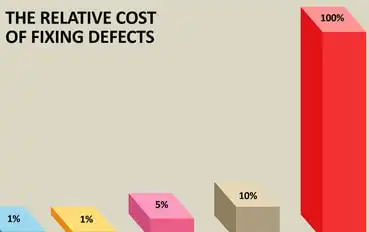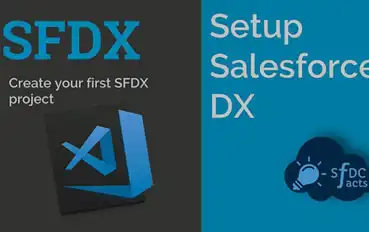Here are 9 ways a security code scan secures your Salesforce environment:

RELATED BLOG POSTS
Setting Up and Using CodeScan Effectively
Running CodeScan on your Salesforce Org is a great first step towards quality code, but maintaining that quality is a Read more
Estimating ROI with CodeScan
Every Software Development Professional knows the following fact: the later bugs are found, the more expensive they are to fix. Read more
SFDX Tutorial | Setting Up CodeScan
Salesforce DX is a new focus on source-driven, collaborative development. The Salesforce CLI (Command Line Interface) easily integrates into your Read more
CodeScan and Visual Studio Team Services
Visual Studio Continuous IntegrationVisual Studio Team Services (VSTS) is a quick and powerful tool to set up continuous integration and Read more

 Automated scans of critical Salesforce considerations address common problems to support data security and regulatory compliance.
Automated scans of critical Salesforce considerations address common problems to support data security and regulatory compliance.
 There’s a popular opinion that certain tasks can be done much better when a talented individual gives them direct attention. And this is true for many tasks, but highly repetitive tasks can grow monotonous over time and lead to errors when performed manually. Many types of Salesforce DevOps tests, integrations, and functions fall into this category.
There’s a popular opinion that certain tasks can be done much better when a talented individual gives them direct attention. And this is true for many tasks, but highly repetitive tasks can grow monotonous over time and lead to errors when performed manually. Many types of Salesforce DevOps tests, integrations, and functions fall into this category. There is a tendency for teams to become so focused on the end goal that they push new projects through without taking the time to properly test their changes. This is occasionally a conscious decision, with the idea that the resulting errors will be fixed after the update or application is produced, creating what is called “technical debt.”
There is a tendency for teams to become so focused on the end goal that they push new projects through without taking the time to properly test their changes. This is occasionally a conscious decision, with the idea that the resulting errors will be fixed after the update or application is produced, creating what is called “technical debt.”



